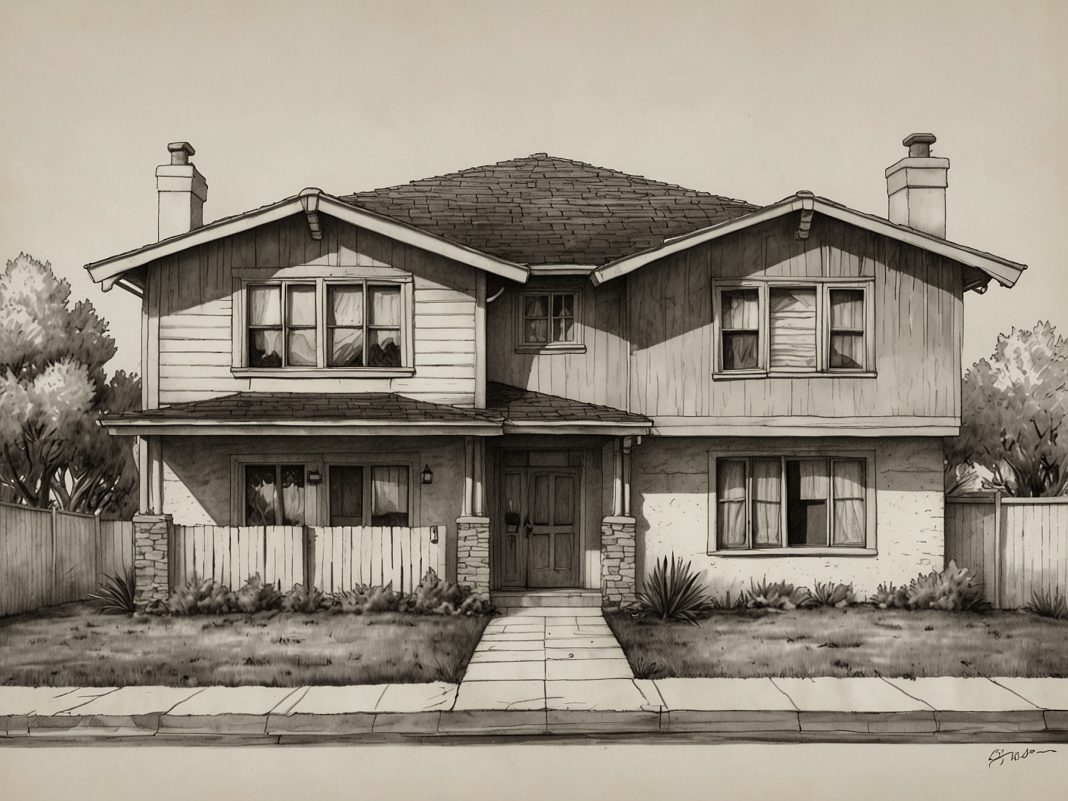The American dream of homeownership feels distant for many. With prices soaring, the question remains: Is it still achievable? A new report shows that, to afford a new home, you need over $107,000 a year. This staggering figure paints a grim picture.

In cities like San Jose, California, it’s worse. Home prices here are the highest in the nation. The median price stands at an eye-popping $1.89 million. If you want to buy, you need an astonishing income of $461,000. Can you imagine trying to save for a down payment on that?
For many, this is just out of reach. Five years ago, in 2019, the needed income was nearly half that. Back then, it was $56,800. Just how did we get here? It’s a complex interplay of factors that has left many disillusioned.
The pandemic reshaped entire industries. People looked for larger spaces, driving up demand. Cities once affordable saw a sudden surge in prices. It’s like watching a tide rise—quickly and uncontrollably. The removal of limits on remote work led many to leave urban centers for suburban delights.
Yet, affordability varies. The Midwest offers some relief. In Cleveland, Louisville, and St. Louis, incomes needed are around $64,600 to $75,300. That’s significantly lower than what you’d find in California. Why is this disparity so glaring? It’s all about location, demand, and market dynamics.
A more troubling note is how steep the mortgage rates have climbed. In just four years, rates jumped from 3.7% in late 2019 to as high as 7.3% in early 2023. This spike resulted from the Federal Reserve’s efforts to combat inflation. The current average now stands at 6.79%. Each percentage point hike translates into larger monthly payments. Does that seem fair?
Barbara Denham from Oxford Economics asserts that affordability is eroding fast. Rising house prices, combined with soaring mortgage rates, create a perfect storm. Many feel priced out. Just 36% of households currently earn enough to afford a new home. Compare that with 59% in 2019. The trend isn’t promising.
From the sunshine of California to the heart of the Midwest, the America of 2024 presents a stark reality. Buying a home is no longer just about dreaming; it’s about navigating a challenging landscape. Many families who once thought buying was an option now face an uphill battle.
So, what’s next? Will we see any relief in sight? Experts suggest the housing market could stabilize, but at what cost? Will families be able to adapt to this new normal? As you ponder your own living situation, think about how housing plays a role in your dreams. The struggles many face are deeply personal but share a common theme. The need for home is universal, and the quest for a place to call your own continues.




